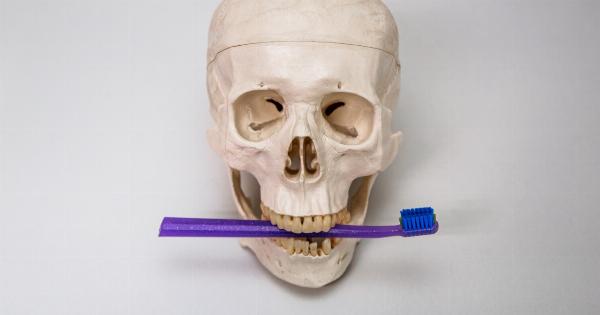Alzheimer’s disease is a progressive brain disorder that affects millions of people worldwide. It is a type of dementia that causes memory loss, cognitive decline, and behavioral changes.
While there is no cure for Alzheimer’s, early detection can make a significant difference in the management of symptoms and improving the quality of life for both patients and their families. In this article, we will explore the importance of early detection, the signs and symptoms to look out for, and the available screening methods for Alzheimer’s disease.
The Importance of Early Detection
Early detection of Alzheimer’s disease is crucial for several reasons. Firstly, it allows for timely intervention and treatment options that can help slow down the progression of the disease.
Medications and lifestyle modifications can be implemented to manage symptoms and improve cognitive function.
Secondly, early detection provides an opportunity for individuals and their families to plan for the future. Being aware of the diagnosis allows for discussions about care options, legal and financial matters, and establishing a support network.
It also gives the affected individual the opportunity to participate in clinical trials and research studies.
Signs and Symptoms
Recognizing the signs and symptoms of Alzheimer’s disease can be challenging, as they can vary from person to person. However, there are common indicators that may suggest the presence of Alzheimer’s. These include:.
- Memory loss that disrupts daily life
- Difficulty in problem-solving or planning tasks
- Confusion with time or place
- Trouble understanding visual images and spatial relationships
- New problems with speaking or writing
- Misplacing items and losing the ability to retrace steps
- Withdrawal from work or social activities
- Mood and personality changes
Screening Methods
Early screening for Alzheimer’s disease can be done through various methods.
It is important to note that screening is not the same as a definitive diagnosis, but it can help identify individuals who may be at higher risk and require further evaluation. The most commonly used screening methods include:.
Cognitive Tests
Cognitive tests assess memory, thinking skills, and reasoning abilities. These tests are designed to detect changes in cognitive function and can help establish a baseline for future comparisons.
Examples of cognitive tests include the Mini-Mental State Examination (MMSE) and the Montreal Cognitive Assessment (MoCA).
Blood Tests
Researchers are continuously exploring blood tests as a potential tool for early detection of Alzheimer’s disease. These tests aim to identify specific biomarkers in the blood that may indicate the presence of the disease.
While blood tests are not yet widely available for Alzheimer’s screening, ongoing studies show promising results.
Genetic Testing
Genetic testing can provide valuable information about an individual’s risk of developing Alzheimer’s disease. Certain genes, such as the APOE gene, have been associated with an increased risk of developing the disease.
However, it is important to note that having a genetic predisposition does not guarantee the development of Alzheimer’s, and conversely, the absence of these genetic markers does not ensure protection against the disease.
Brain Imaging
Brain imaging techniques, such as magnetic resonance imaging (MRI) and positron emission tomography (PET) scans, can help identify structural and functional changes in the brain associated with Alzheimer’s disease.
These imaging studies can detect the presence of abnormal protein deposits, such as beta-amyloid plaques and tau tangles, which are characteristic of the disease.
Neuropsychological Evaluation
A neuropsychological evaluation involves a comprehensive assessment of an individual’s cognitive abilities.
It includes interviews, standardized tests, and questionnaires that evaluate memory, attention, language skills, and problem-solving abilities. This evaluation can provide valuable insights into an individual’s cognitive strengths and weaknesses, aiding in the early detection of Alzheimer’s disease.
Lifestyle Factors
While not classified as formal screening methods, certain lifestyle factors have been found to be associated with a reduced risk of developing Alzheimer’s disease.
Engaging in regular physical exercise, adopting a heart-healthy diet, maintaining social and cognitive stimulation, and getting adequate sleep have all been linked to a lower incidence of Alzheimer’s. These lifestyle choices can contribute to overall brain health and potentially delay the onset of symptoms.
Conclusion
Early detection of Alzheimer’s disease is essential for intervention and planning purposes.
Recognizing the signs and symptoms and seeking appropriate screening methods can help individuals and their families take proactive steps towards managing the disease. While there is no cure for Alzheimer’s, advancements in early detection and treatment options offer hope for improved quality of life and a better understanding of this debilitating condition.



























